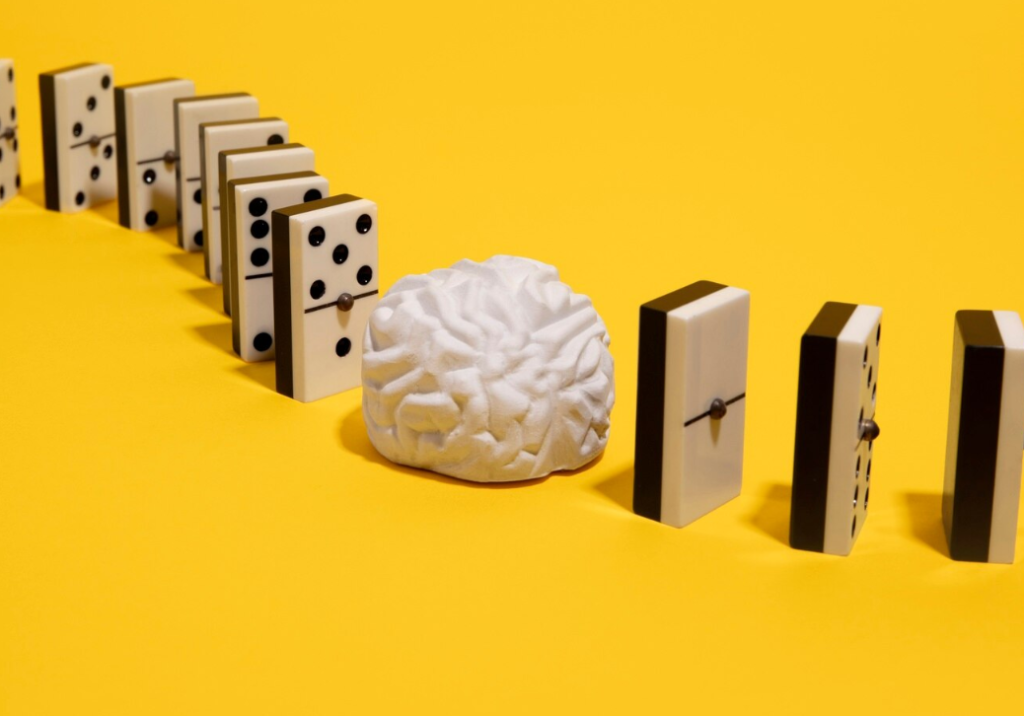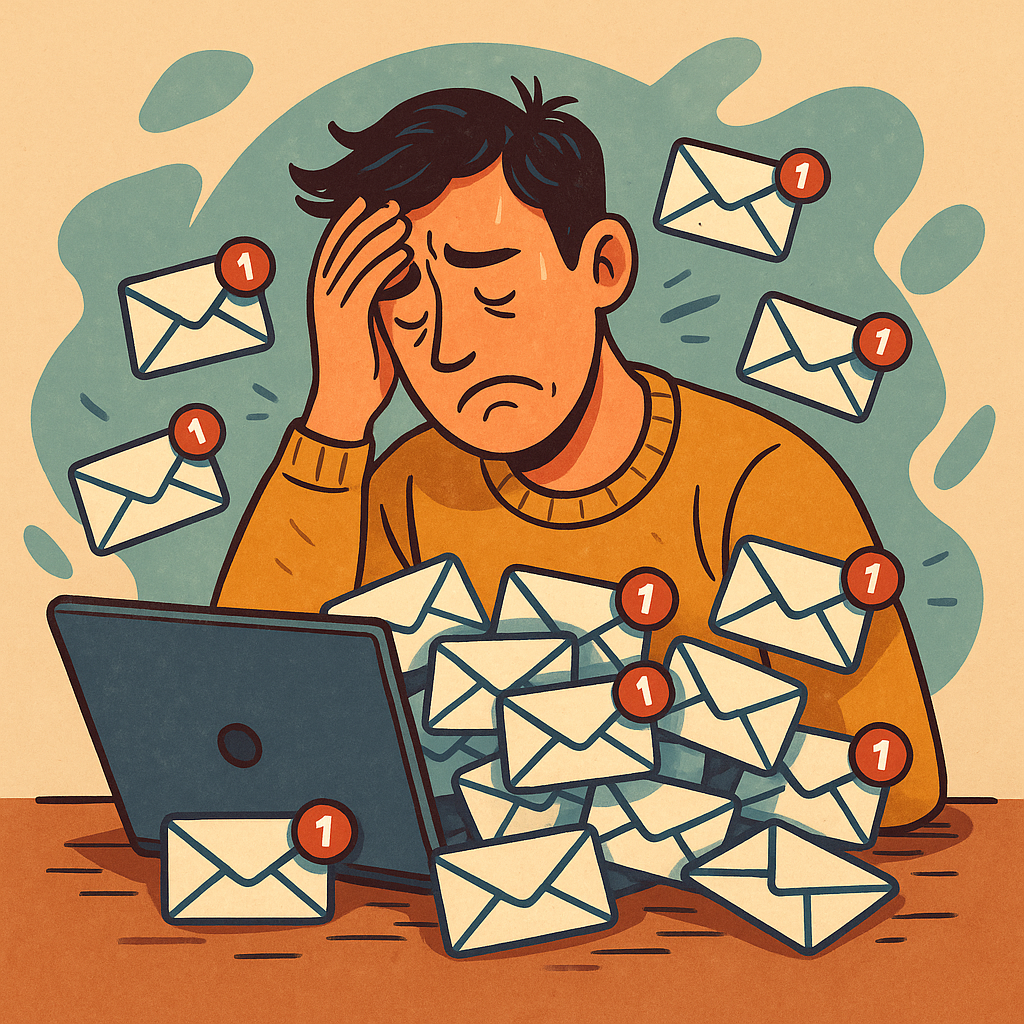In recent years, gamification has emerged as a powerful strategy in education, workplace training, marketing, and even wellness. But what makes this approach so effective?
Gamification isn’t just about turning tasks into games. It’s about using game design principles—such as point systems, badges, levels, and leaderboards—to enhance motivation, improve engagement, and boost long-term memory retention.
As research in neuroscience and behavioral psychology continues to grow, we’re beginning to understand exactly why gamification works. It doesn’t just make things more fun—it changes the way we learn and remember.

🎮 What Is Gamification?
Gamification is the process of applying game elements to non-game contexts. This can happen in a classroom, a business environment, a fitness app, or a language-learning platform.
Common game mechanics include:
- Points and score tracking
- Leaderboards
- Achievement badges
- Progress bars
- Challenges and missions
- Feedback loops (rewards and penalties)
When these elements are thoughtfully integrated, they activate key areas of the brain involved in motivation and memory.
🧠 The Science Behind Motivation
To understand gamification’s impact, let’s look at motivation first.
There are two main types of motivation:
- Intrinsic motivation – doing something because it’s inherently enjoyable.
- Extrinsic motivation – doing something to earn a reward or avoid punishment.
Taps into both. For example:
- Earning points can satisfy extrinsic needs (e.g., social status, rewards).
- Completing a challenge can fuel intrinsic satisfaction (e.g., curiosity, mastery).
Also stimulates the brain’s dopamine system, which is linked to feelings of pleasure and reward. According to a study published in Frontiers in Psychology (2019), the anticipation of reward increases attention and focus—two ingredients essential for effective learning.
🧠 How Gamification Enhances Memory
Memory isn’t just about repetition. It’s about emotional engagement, novelty, and feedback—areas where gamification excels.
Here’s how gamification helps with memory:
- Increased engagement
Games naturally capture attention. When we’re engaged, the brain is more likely to encode information. - Immediate feedback
Games provide instant feedback, helping learners quickly correct mistakes and reinforce correct actions. - Emotional arousal
Progressing through levels, unlocking badges, or facing time-based challenges triggers excitement. This emotional response makes memories more durable, according to research from Harvard’s Center on the Developing Child. - Spaced repetition and recall
Many gamified systems include quizzes or challenges that repeat over time—one of the most effective techniques for retaining information. - Contextual learning
By placing knowledge in a “story” or challenge, gamification gives it context. This helps the brain store and recall it later, especially in real-world scenarios.
🎓 Gamification in Education
Gamification has made significant inroads into classrooms and e-learning platforms.
Successful examples include:
- Kahoot! – A quiz-based game that encourages participation and learning through competition.
- Duolingo – Teaches language skills with XP points, streaks, and levels.
- Classcraft – Turns classroom management into a multiplayer adventure.
According to a 2020 meta-analysis in Computers & Education, students using gamified learning platforms scored 14% higher in knowledge retention compared to those using traditional methods.
Moreover, gamification improves student motivation and time-on-task, making it a win-win for both educators and learners.
💼 Gamification in the Workplace
In the corporate world, training is often seen as dull or obligatory. Gamification changes that by:
- Making compliance training more interactive
- Encouraging sales reps through competitive dashboards
- Boosting onboarding experiences with mini-goals and progress tracking
Tools like Salesforce Trailhead and Axonify use gamified training models to help employees retain information longer and feel more invested in the learning process.
According to Gartner, over 70% of Global 2000 organizations have at least one gamified application in place—often reporting increased employee satisfaction and productivity.
📱 Everyday Gamification: Apps and Wellness
You’ve likely experienced gamification even without realizing it.
Common examples:
- Fitness apps (e.g., Fitbit, Strava): Use badges and streaks to promote daily exercise.
- Habit trackers (e.g., Habitica): Turn your life into a role-playing game.
- Meditation apps (e.g., Headspace): Encourage consistency with streaks and daily reminders.
These apps use gamification not just to keep users coming back, but to build long-term habits—a feat that’s notoriously difficult in behavior change science.
🧩 Best Practices: How to Gamify Without Gimmicks
While gamification can be powerful, it only works if used thoughtfully.
Here’s how to make gamification truly effective:
- Tie rewards to meaningful goals
Don’t just reward people for logging in. Reward mastery and progress toward real learning objectives. - Balance challenge and skill
The task should be neither too easy nor too hard. This “flow state” is essential for deep learning and memory formation. - Use feedback loops wisely
Provide immediate feedback, but also encourage reflection. Not every game element needs a dopamine spike. - Avoid over-gamifying
When everything becomes a game, it can lose its impact. Gamification should enhance, not distract from the core experience.
🚀 The Future of Gamified Learning and Memory
As technology advances, gamification is set to become more personalized and immersive. We’re already seeing trends such as:
- AI-driven adaptive challenges based on your skill level
- VR and AR environments that deepen engagement and memory encoding
- Biofeedback systems that adjust game difficulty based on stress or focus levels
In the coming years, gamification will likely be less about points and prizes and more about creating meaningful, motivating experiences that align with how our brains naturally learn.
🧠 Final Thoughts
Gamification isn’t just a trend—it’s a reflection of how our brains are wired. By combining emotional engagement, feedback, and reward systems, gamification taps into powerful motivational and memory-enhancing pathways.
Whether in a classroom, a workplace, or a wellness app, when used wisely, gamification can help us learn better, remember more, and enjoy the process along the way.
🔗 References
- Hamari, J., Koivisto, J., & Sarsa, H. (2014). Does Gamification Work? — A Literature Review of Empirical Studies on Gamification. IEEE
- Mekler, E. D., Brühlmann, F., Opwis, K., & Tuch, A. N. (2017). Do Points, Levels and Leaderboards Harm Intrinsic Motivation? CHI Conference
- Deterding, S. (2011). Gamification: Using Game Design Elements in Non-Gaming Contexts. CHI Workshop






